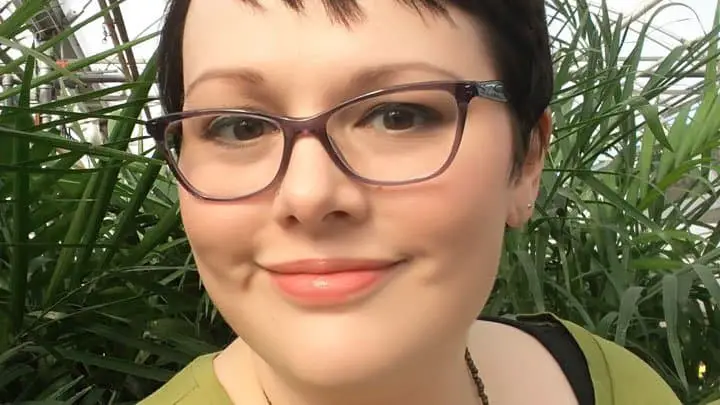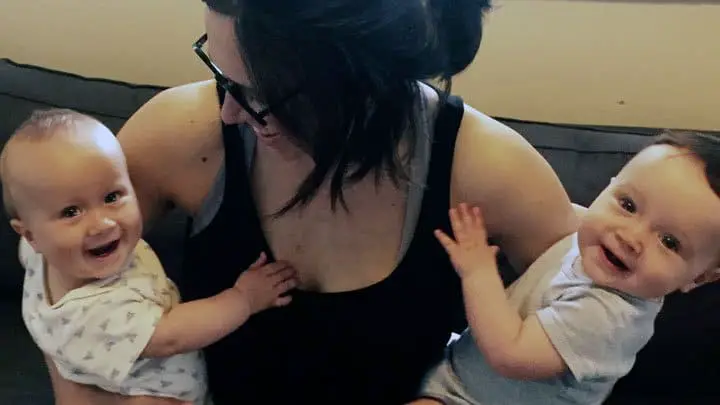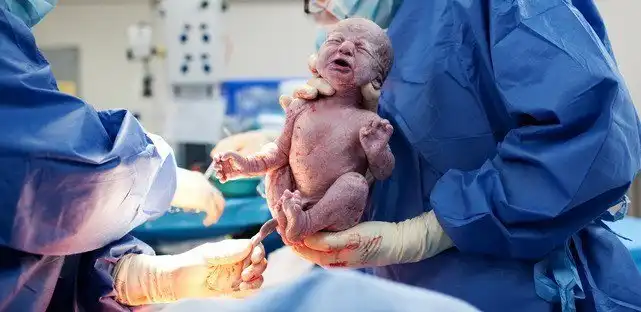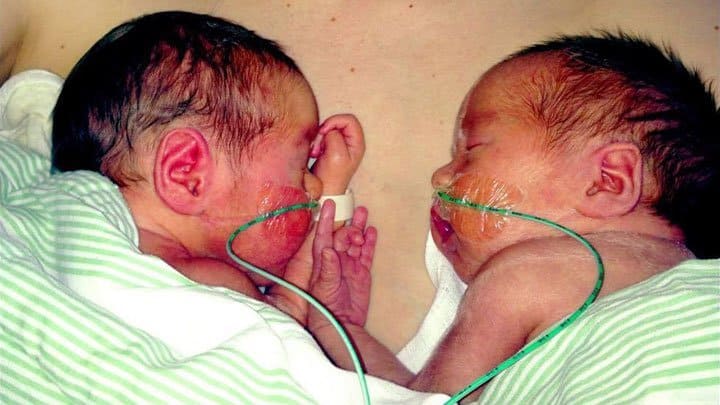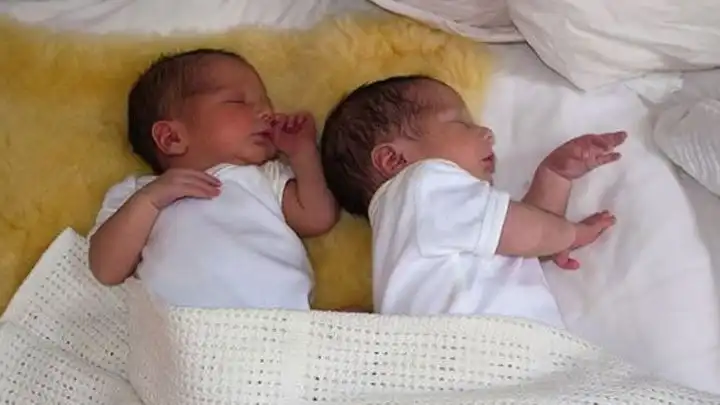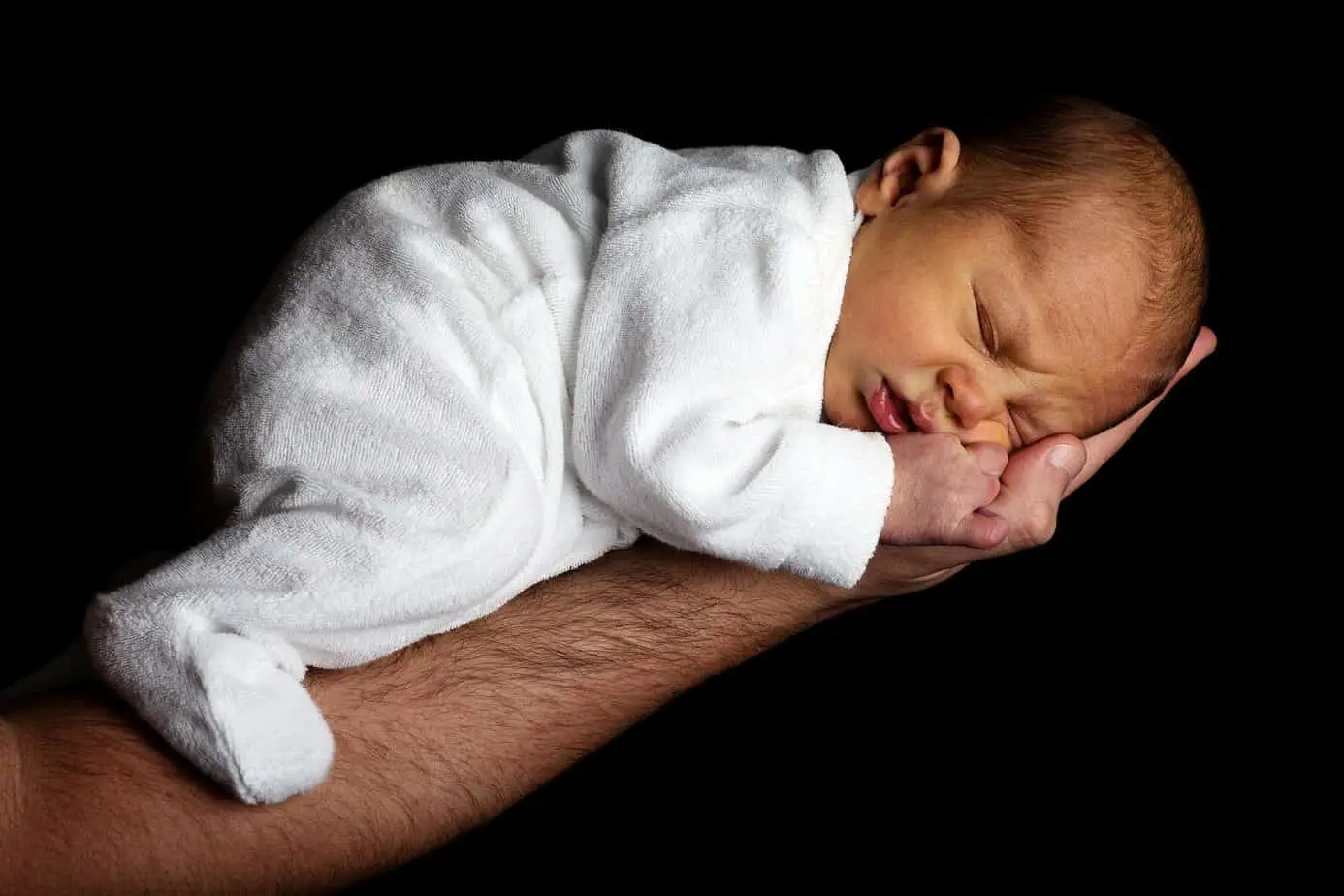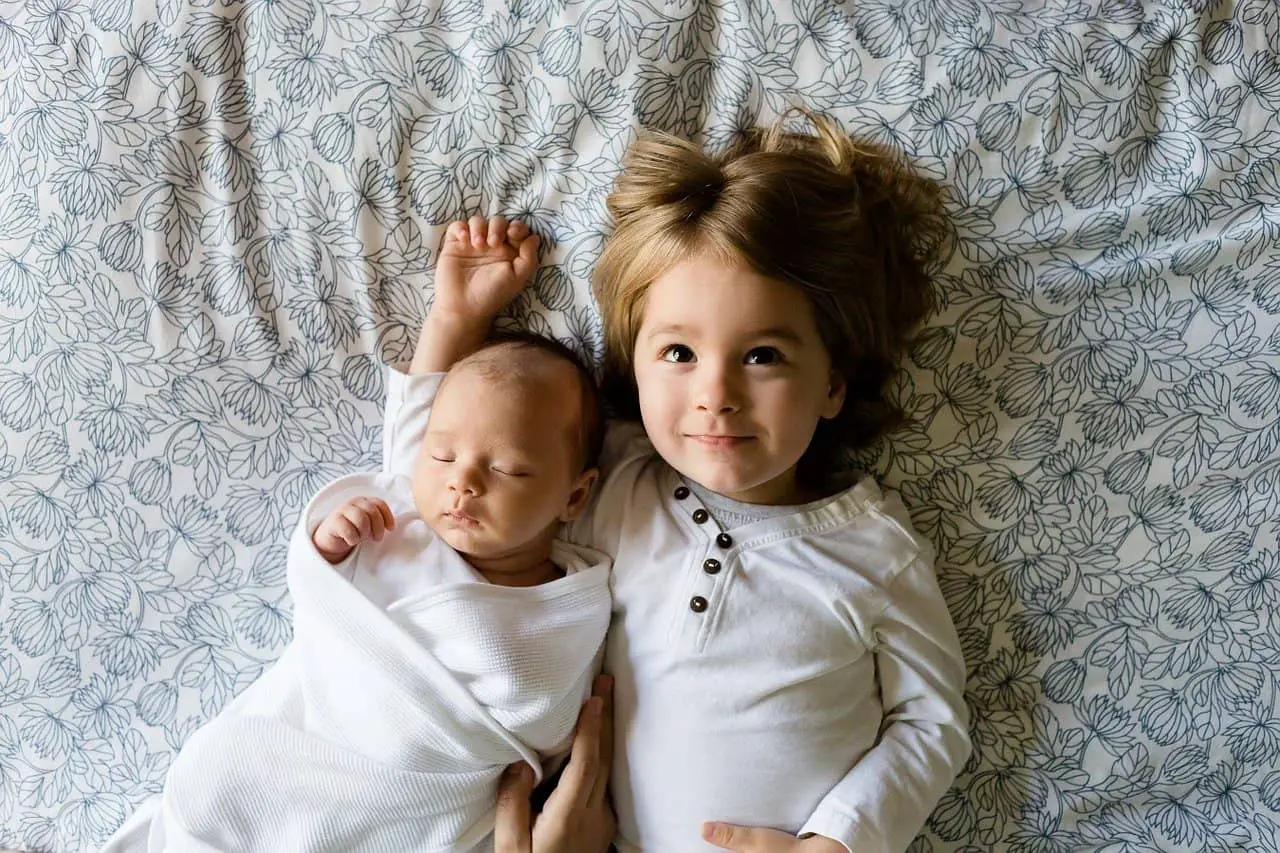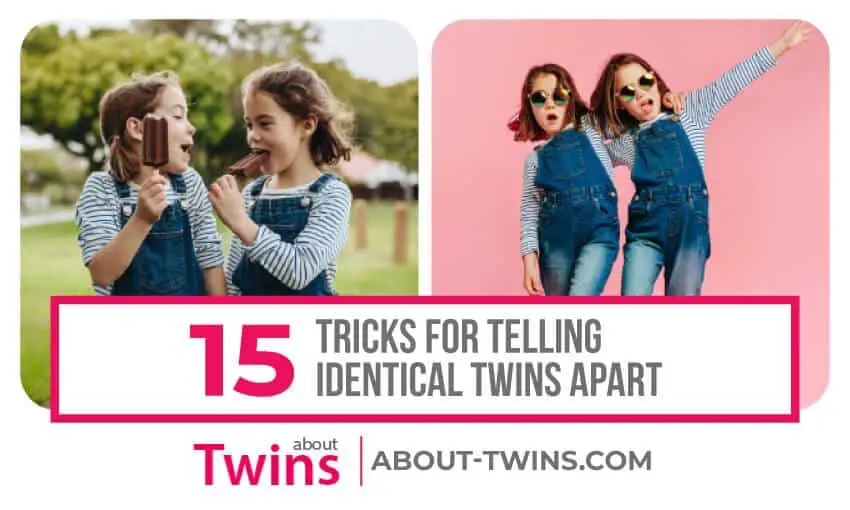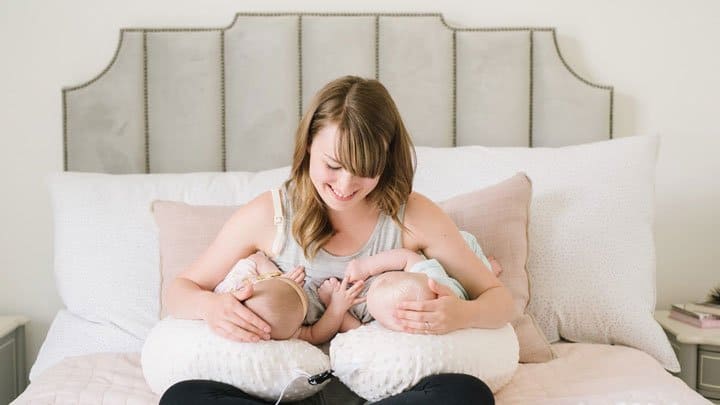Many Monozygotic Twins Are Misclassified
A twin study from April 2017 estimates the current situation of zygosity misclassification in Japan.* The study was published in the Journal of Pregnancy and Child Health. The 408 mothers, who participated in the study, all had same-sex twins and had given birth from 2004 and later. About 80 percent of the mothers had twins between the age of 0-2 years. The percentage of female twin pairs was slightly higher than that of male twin pairs.
Zygosity relates to types of twins. It describes whether your twins have developed from one zygote that splits and forms two embryos (identical) or whether they’ve developed from two separate eggs that are fertilized by two separate sperm (fraternal).
Spontaneous pregnancies are often misclassified
91 percent of mothers were told about their twins’ zygosity, including being told ‘do not know.’ 77.9 percent of mothers were told that their children’s zygosity were monozygotic (identical) or dizygotic (fraternal) mainly by obstetricians. The percentage of monozygotic twins who were misclassified was 31.2 percent and the percentage of dizygotic twins who were misclassified was 10.9 percent. The misclassification of zygosity was higher in the group of mothers who conceived spontaneously compared to the women who had undergone fertility treatment. Most women were misclassified by obstetricians.
Same result as 20 years ago
The researchers compared the findings on misclassification with a previous study done in Japan 20 years ago. Their results were similar to the results of that study. They therefore suggest that zygosity misclassification in Japan has not improved over this period of time. The researchers also pointed to the fact that misclassification of monozygotic twins might occur based on placental findings made by obstetricians. In dizygotic twin pregnancies there are always two placentas. In monozygotic twin pregnancies there are one placenta in about 2/3 of the cases and two placentas in 1/3 of the cases. This is a fact that not all obstetricians are aware of, believing that two placentas automatically point to the twins being dizygotic.

